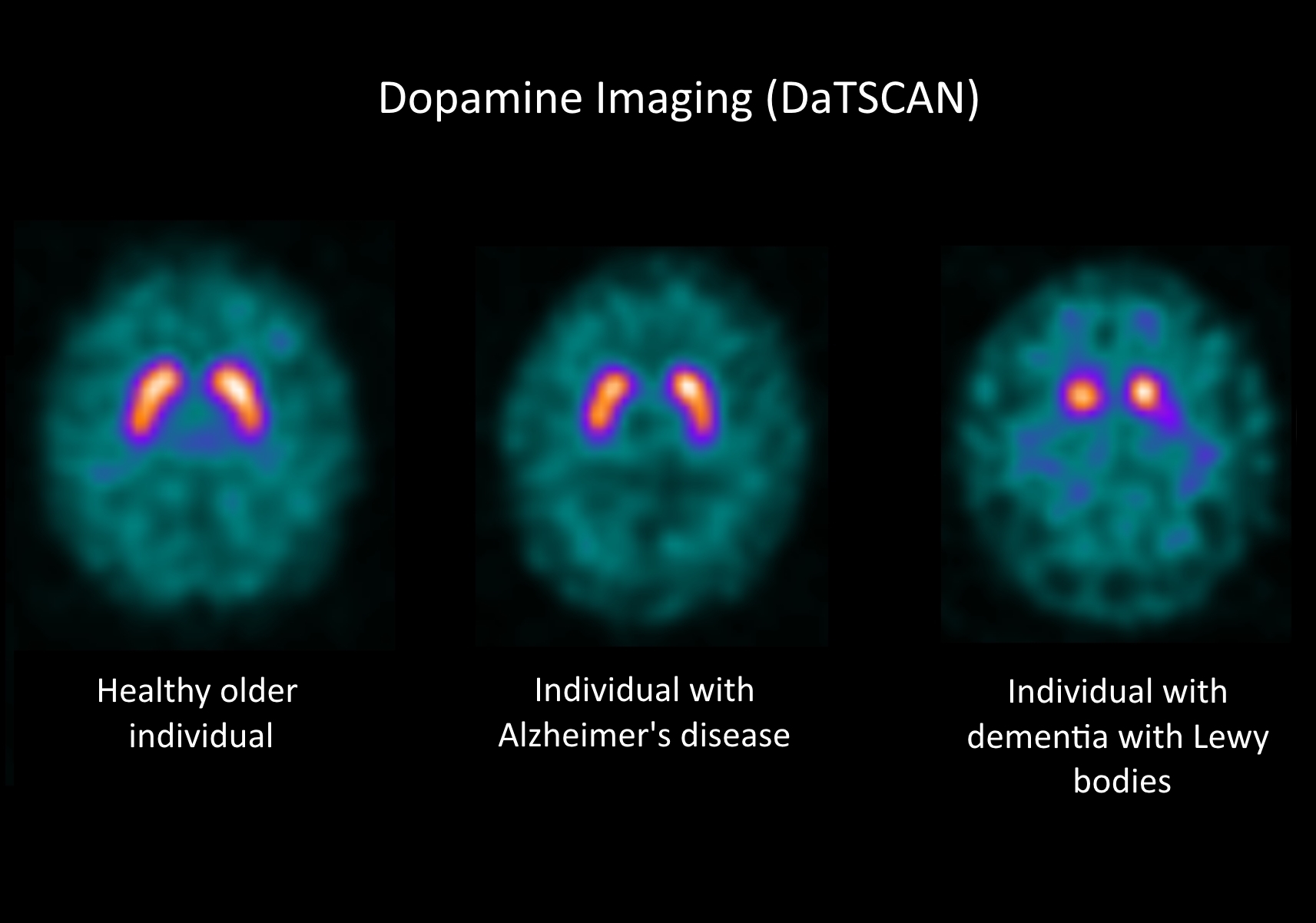Dementia and Imagination
Living with dementia can be a disheartening and often isolating experience. The difficulties of completing day-to-day tasks and the loss of control often makes people with dementia feel insecure.
Additionally, the stigma associated with memory loss will have a negative effect on their self-esteem. This is why the Dementia and Imagination project is so important.
Here at Newcastle University, Professor Andrew Newman and others are collaborating with the Dementia Services Unit at Bangor University to improve the quality of life for people living with dementia through the visual arts.

Dementia and Imagination, however is not Art Therapy. Art Therapy is administered by healthcare professionals and have set clinical outcomes.
Dementia and Imagination is delivered by artists from the local community who direct socially engaging visual art activities to enrich people’s lives. This research is different from previous studies because it aspires to create links between the dementia community and society at large; and seeks to “demonstrate the wider economic and social value of art interventions.”
Results from the most recent study published in the November 2017 issue of International Psychogeriatrics indicate that people living with dementia found the art activities a ‘stimulating experience,’ particularly because of the social element of the arts program.
Researchers observed a noticeable improvement in the participant’s attention and self-esteem as well as decrease in “sadness.”
Once the arts program concluded, however, the follow-up found that the participant’s psyche didn’t improve in the long-term. Based on these findings, the researchers recommend that dementia care facilities incorporate a sustainable arts program as part of their treatment regimen.
Going forward, researchers, artists, carers and healthcare professionals intend to create “dementia supportive communities” that enhance the quality of life and combat the stigma associated with dementia through the visual arts.
See Dementia and Imagination in action by watching a short video from a workshop. Participants created and narrated a story about ‘The Cruel Sea.’ This is the beginning of our QR trail.
The Dementia Challenge
Did you know there are 10 recognised types of dementia? Most people have heard of Alzheimer’s Disease, the most common form of dementia yet most have never heard of Lewy Bodies Dementia (LBD), the second most common form.
Newcastle University is leading the way in research on dementia.
Lewy Bodies Dementia (LBD) affects both a person’s memory and balance. Therefore, up until a decade ago, LBD was often misdiagnosed as Alzheimer’s and Parkinson’s disease, leading to the incorrect treatment.
The correct diagnosis is key to managing and treating LBD. The innovative research has helped shape guidelines on diagnosing LBD.
These guidelines and treatments are now being used all over the world and are changing the lives of many Lewy Bodies Dementia patients and their families for the better.
DaTSCAN
In collaboration with GE Healthy, Professor Ian Mckeith and his team of researchers at Newcastle University have developed an innovative brain scanning technique specifically to distinguish LBD, known as the ‘DaTSCAN’.
This new technique has led the team to make a breakthrough in identifying cholinesterase inhibitors (CHEI), a type of drug used to treat dementia, as the most beneficial treatment for managing LBD and Parkinson’s disease. Originally CHEI was developed to treat Alzheimer’s.
The Future
Professor Ian Mckeith and his team plan to work with international groups to develop new ideas in prevention and treatments for Lewy Bodies Dementia, by studying their collective brain tissue resources.
The research and innovation into dementia at Newcastle University, across many disciplines, is already having a positive impact on health care systems, communities, and most importantly to dementia patients all over the world.
